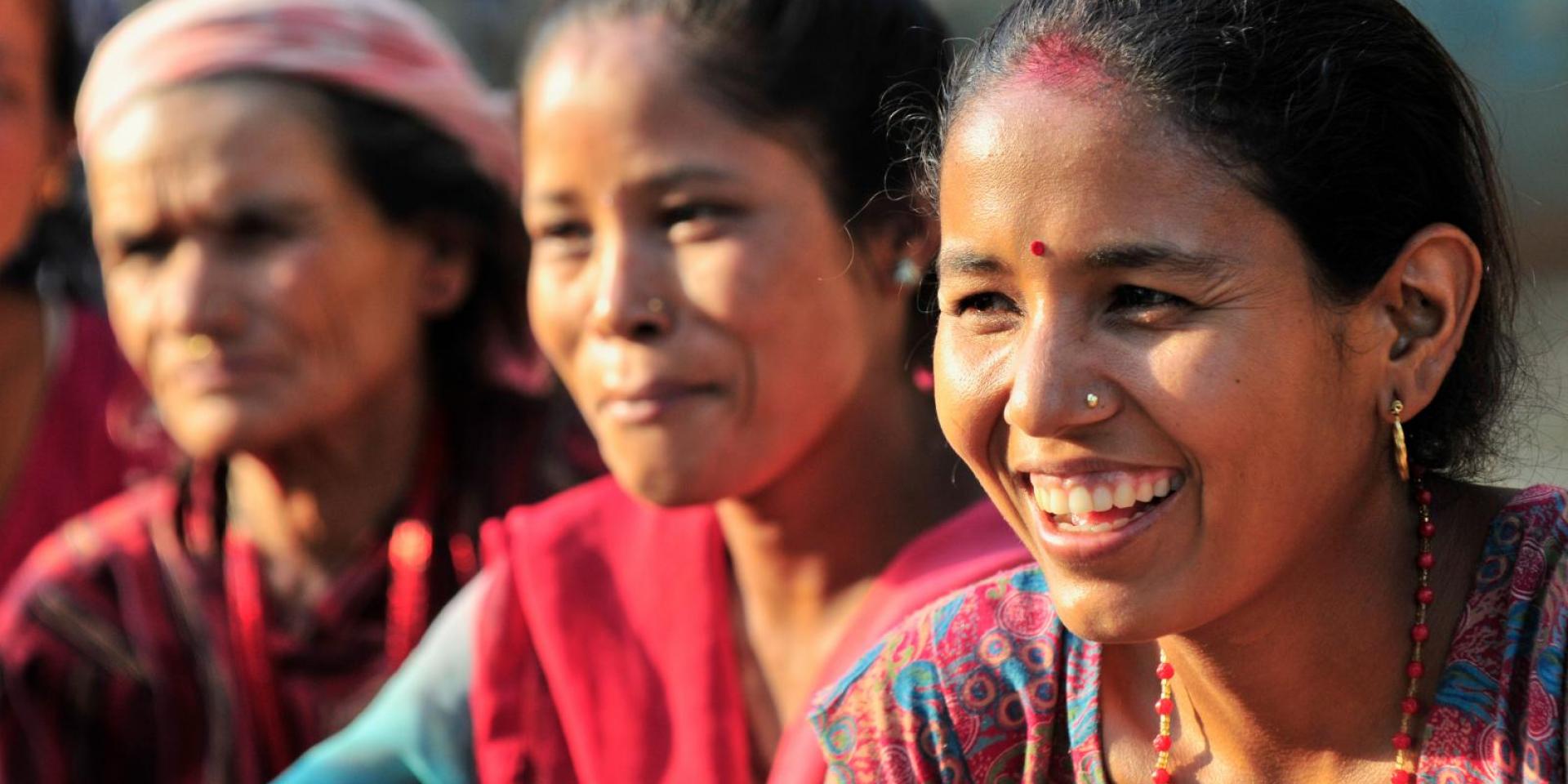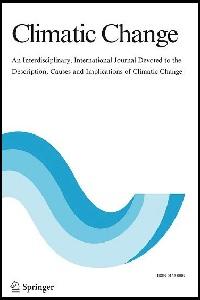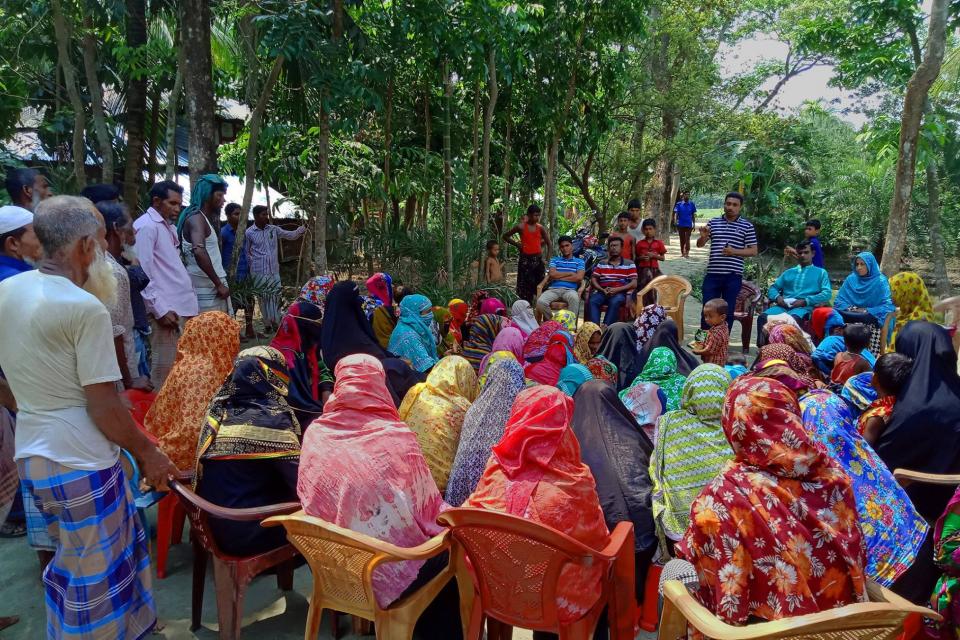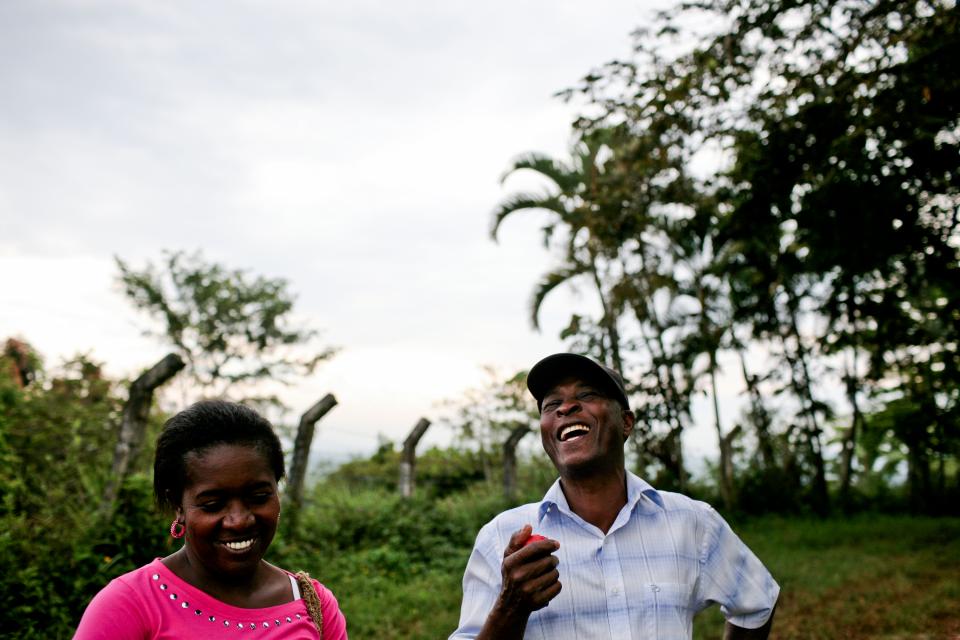Mapping hotspots for agriculture, climate risks and poverty to reduce women’s labor drudgery

The method supports developing gender-responsive risk management plans (for climate-smart agriculture) to reduce women’s labor burden, especially in high-climate-risk areas.
Why is the method important?
Climate-smart agriculture (CSA) aims to reduce the impacts of climate on agriculture. It can significantly help reduce the gender gap in labor burden for women in agriculture, who often are the most vulnerable to climate change effects yet are key to food security and agricultural labor.
However, most development-related programs on women and agriculture do not target CSA interventions based on vulnerabilities. By better targeting the activities, we can create better, targeted climatic risk management plans that reduce women’s burdens and vulnerabilities. It is also noted that while CSA’s role for agriculture has been widely discussed, but less clear is its potential to help women in reducing their labor burdens.
Who is the method for?
This method would be useful for people—such as program designers, donors, implementers from national and sub-national government and development organizations—who are prioritizing resources for climate-smart agriculture, to identify where the most potential exists to reduce women’s drudgery in agriculture.
Country of focus: Nepal
How can I use the method?
The method’s study looks at how CSA can reduce women’s labor burden in agriculture in the context of climate change. Using the method can pinpoint where resources can be best used for CSA activities—instead of the current focus which is to cover most people in an area without much streamlining.
The method is a systematic approach to assess the labor-reducing potential of selected CSA technologies and practices. It was used to highlight hotspots, evaluate the CSA activities relevant for identified hotspots, and find out how much they can reduce labor requirements for women.
Researchers mapped indicators for women, agriculture, poverty and climate risk in two areas of Nepal, to identify the suitable CSA options for reducing labor drudgery. They described results from specific hotspots they found:
- CSA technologies and practices (e.g., direct seeded rice, zero tillage machines, laser land leveling, green manuring, crop harvesters, weeders, solar pump irrigation, post-harvest management practices) can substantially reduce women’s labor burden.
- CSA is also likely to improve women’s access to agricultural resources and decision-making processes, and increase new market opportunities.
When and how was it developed?
Researchers from the CGIAR Research Program on Climate Change, Agriculture and Food Security (CCAFS), International Maize and Wheat Improvement Center (CIMMYT) and Nepal Development Research Institute (NDRI) developed the paper in 2020. They examined women in two agriculture–climate change vulnerability hotspots in Nepal and also conducted focus group discussions.
Where can I get the method? Who can I contact?
You can read the paper about the method here.
Arun Khatri-Chhetri, CGIAR Research Program on Climate Change, Agriculture and Food Security (CCAFS) and International Maize and Wheat Improvement Center (CIMMYT), a.khatri-chhetri@cgiar.org.
Publications



